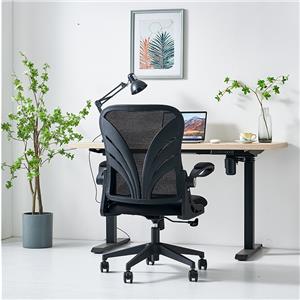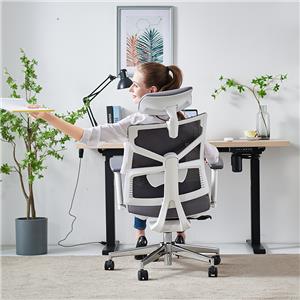The ancient "ergonomic chair" - the beauty depends on
In the halls, pavilions, pavilions, and pavilions of Chinese classical garden architecture, including some traditional folk houses, a kind of curvilinear architectural structure can often be seen. Everyone knows it, but it may not be known by its name. This is what beauty depends on.
What was beauty called in ancient times? Called a bar, or railing. "Building French" said: "The railing is often installed between the two pillars of the corridor to replace the fan screen, or under the floor window or the closed window to replace the half wall." In other words, the beauty is also a kind of railing. , is the deformation and derivative of the railing. Specifically, the easiest way to install railings is to make railings. If you don’t mind the trouble, you can make more beautiful and functional porch stools (benches). Became a beauty.
According to folklore, the beauty of beauty began in the Spring and Autumn Period and the Warring States Period: Fu Chai, king of Wu, and Xi Shi were lying on the fence to watch the fish swimming in the pond, and almost fell into the water. He ordered the craftsmen to build this kind of bench with railings by the pond, where Xishi often sat with her slender waist curled up and her long hair fluttering... hence the name Meirenjia, also known as Wu Wangjia.
An explanation in the "Yangzhou Painting Boat Record" in the Qing Dynasty is quite elegant: "The corridor is expensive and has a railing, and the corridor has a railing, such as a beauty wearing a half-back (half-back is the waistcoat). The waist is thin, and the board on it is a flying board. Lai chair, also known as the beauty chair."
The Beauty Pavilion mostly appeared in Huizhou-style buildings in the Ming and Qing Dynasties. There are corridors and railings around the patio on the upper floor of the courtyard. According to the old customs, a young woman in her boudoir should not show her face in public. She will naturally feel lonely and bored. She can only lean against the beautiful woman in front of the boudoir door and think about the outside world. This is very likely to be the real origin of the beauty by name.
In addition to Wu Wangjiao, Meirenjiao also has other names such as gallery chairs and flying chairs, because the shape of the protruding railing resembles the slightly curved neck of a goose, it is also called gooseneck chair. Of course, this style does not imitate the goose neck, but is designed according to the characteristics of the human spine, which is the so-called "ergonomics". In addition, the beauty bed is usually built on the side of the corridor or pavilion facing the water. In addition to resting, it also has the fun of reflecting on the waves, integrating practicality and aesthetics.
In the historical records, Meirenjiao and Wuwangjiao are both non-existent, and other names such as Feilai Chair and Gooseneck Chair only appeared after the Qing Dynasty. However, there is no doubt that beauty relies on a long history, and it has its shadow in the ancient paintings of the Song and Ming Dynasties. In the masterpiece "Spring Dawn of the Han Palace" by the painter Qiu Ying of the Ming Dynasty, there are two scenes showing the beauty leaning: a court lady puts the child on the bench of the beauty leaning, as if she is about to pick him up and hand him over to another court lady; A court lady sits on the side of the beauty and thinks deeply.
In ancient Chinese literary imagery, I am afraid that there is no one component that can compare with railings, and it has attracted the attention of Tang and Song literati. Li Bai "Chenxiang Pavilion leans on the railing to the north", Du Mu "Who will lean on the railing next year", Liu Yong "struggles to know me, leaning on the railing, and is feeling sad", Li Qingzhao "leaning on the railing, just without emotion", Xin Qiji "brought Wu Look at the railings, take pictures all over the railings, no one will come, climb to the meaning", and Li Yu's poems such as "Don't lean on the railings alone, infinite rivers and mountains, it's easy to see when it's different, but it's difficult to see it" and other poems, all of which have railing scenes, so "railings" are called "The most artistic component" in Chinese traditional architecture.
As an ingenious design, beauty relies on beauty and practicality. It is not only a building component, but also plays the role of separating space, and also undertakes the function of furniture, allowing people to sit and rest, and also adds points to the appearance of the building. Make it changeable and more attractive.




